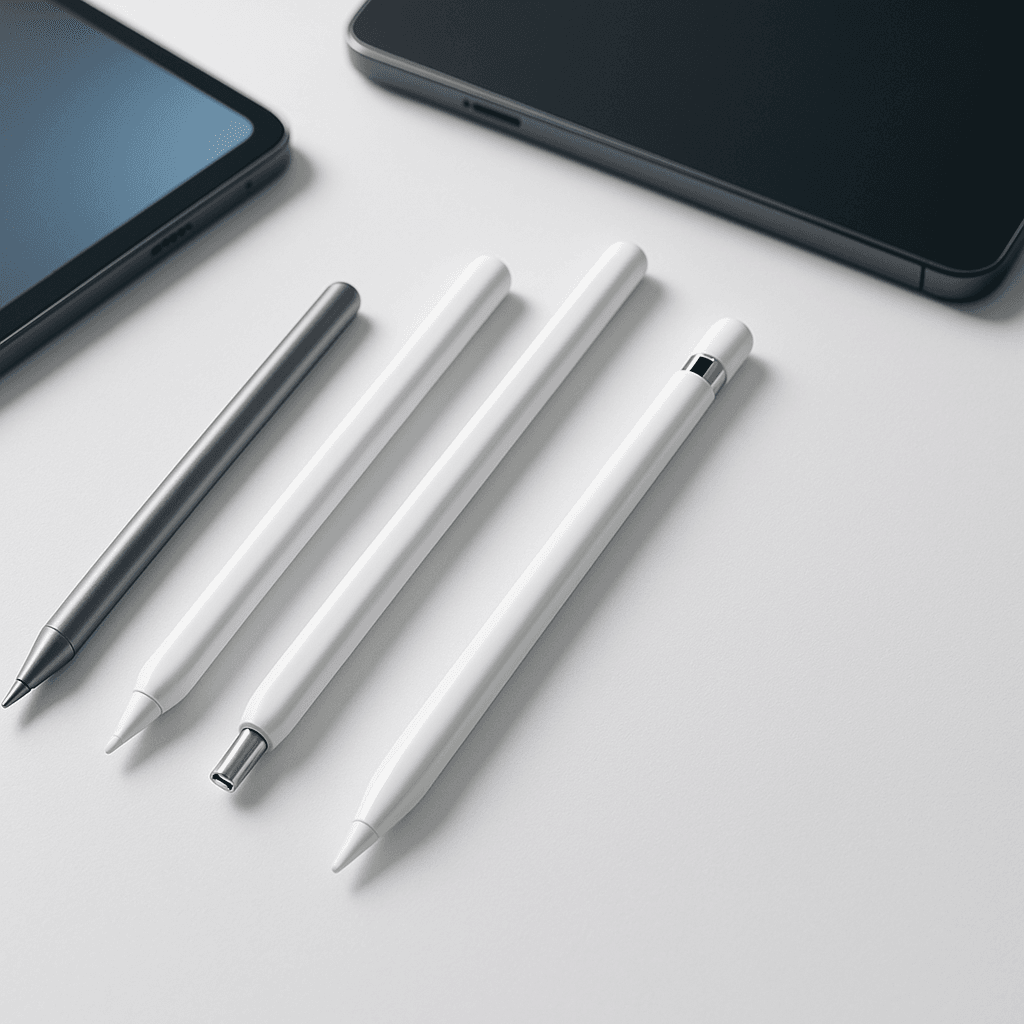Apple just made choosing the right stylus way more complicated. With four different Apple Pencils now competing for your attention - and wallet - the company's tablet accessory strategy looks more fragmented than ever. WIRED's latest buying guide reveals which Pencil actually deserves your money, and spoiler alert: the answer isn't what you'd expect.
Apple has turned its once-simple stylus story into a compatibility nightmare. The company now offers four different Apple Pencils, each with its own quirks, price points, and device restrictions that would make even the most patient customer throw their hands up in frustration. The 1st-generation Pencil still clings to life at $99 with its ancient Lightning connector and glossy finish that rolls off every surface imaginable. You'll need to remove the cap and jam it into your iPad's charging port like some kind of digital vampire bite, and if you've got a USB-C iPad, you'll need to buy a separate adapter because of course you will. But here's the kicker - it actually works well, with full pressure and tilt sensitivity that puts some newer models to shame. The device supports older iPads that newer Pencils have abandoned, making it the reluctant hero for anyone stuck with legacy hardware. Apple's USB-C Pencil sits in a weird middle ground at $71, offering magnetic attachment but dropping pressure sensitivity entirely. It's like buying a sports car without the engine - sure, it looks the part attached to your iPad's side, but artists will find themselves constantly frustrated by the lack of line weight variation. The Hover Mode feature sounds cool until you realize it only works on select Pro and Air models, making this Pencil feel more like a proof of concept than a finished product. Then there's the tragedy of the 2nd-generation Pencil. Apple officially discontinued this $129 model, which was actually pretty great with its wireless charging, double-tap tool switching, and matte finish that didn't slide around like a greased pig. The cruel irony? It doesn't work with the company's newest iPad Pro M4 or Air M3 models, effectively orphaning users who want the latest tablet with a proven stylus design. The new Apple Pencil Pro emerges as the unlikely value champion at $99, packing more tech than a Swiss Army knife. It looks identical to the discontinued 2nd-gen but adds squeeze gestures, haptic feedback, gyroscope-based tool rotation, and Find My support. The squeeze feature opens tool palettes without lifting the stylus, while the built-in gyroscope lets artists rotate brushes and pencils with natural wrist movements. But in typical Apple fashion, it only works with the newest iPad Air M2/M3 and Pro M4 models, plus the 7th-gen iPad Mini. The compatibility matrix reads like a computer science textbook, with each Pencil supporting a different constellation of iPad models. The 1st-gen works with older devices that newer Pencils ignore. The USB-C version covers the broadest range of current models but sacrifices features. The discontinued 2nd-gen works with mid-generation devices but not the latest. And the Pro version only plays nice with the newest hardware. Industry analysts are calling it most confusing product lineup since the iPhone naming conventions went haywire. Users on Reddit are creating elaborate compatibility charts just to figure out which stylus works with their specific iPad model and generation. The fragmentation feels particularly bitter given that built its reputation on elegant simplicity and 'it just works' philosophy. The pricing strategy defies logic too. The feature-rich Pro model costs the same as the basic 1st-gen, while the capability-limited USB-C version sits in the middle. It's like threw darts at a pricing board and called it a strategy. What makes this even more frustrating is that the underlying technology isn't the problem. Each Pencil, when paired with its intended iPad, delivers excellent performance. The Pro's advanced features genuinely improve the drawing experience, while even the basic 1st-gen provides smooth, responsive input that rivals dedicated drawing tablets. The issue is that has created an ecosystem where choosing the wrong Pencil means it simply won't work with your iPad, not just that it'll work less well.










